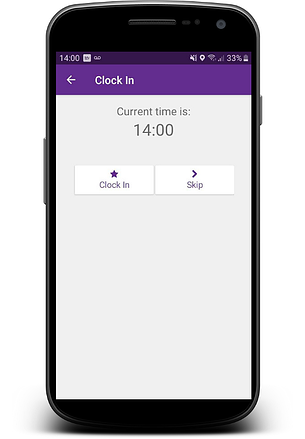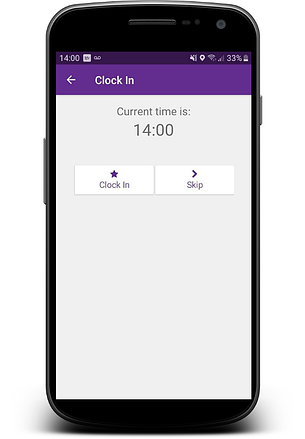Things have moved on since New York jeweller Willard Bundy invented the first mechanical ‘clocking in’ device in the 1880s.
From the world of paper forms and spreadsheets, we now have cloud-based digital tools to accurately monitor how long it takes mobile workers to carry out tasks.
The move to online timesheets transforms the way that fieldwork activities can be tracked and managed. Here’s a look at what they are:
What is an online timesheet?
An online timesheet refers to any cloud-based method of tracking worker activity times. Instead of the information having to be written on a form or entered into a spreadsheet, it’s stored online.
This cloud-based approach allows timesheets to be connected to handheld devices, automating the collection of data. A smartphone app can track the time it takes to complete each activity with the information instantly accessible to a manager.
It’s this connectivity which differentiates an online timesheet from more traditional digital methods, such as the use of an Excel spreadsheet.
What are the benefits of online timesheets?
Managing data online delivers a ranger of benefits over traditional paper-based and manual ways of managing timesheets. These include:

Much faster process
An online approach means that mobile worker activities can be tracked in real-time. The use of handheld devices and apps allows managers to instantly access information from remote workers.
Improved accuracy
The use of apps and handheld devices to track activities removes the need for times to be manually written or input. Automatic timestamps mean that workers do not have to provide ‘guesstimates’.
More accurate billing
With a workforce management system, accurate timesheet data can be integrated into the invoicing process. Timestamped data helps to reassure clients and customers that they are being billed fairly.
Reduced admin burden
Automating the collection of timesheet data means that administrative staff do not have to waste time inputting information from timesheets. It also reduces the risks of input errors, a particular problem if timesheets are printed.
Increased flexibility
With an online timesheet and an automated process, there’s the ability to track much more than just ‘clocking in’ and ‘clocking off’ times. The system can be used to monitor any activities - whether it’s driving times or break periods.
Performance
Easy access to time-related data provides much better ways to monitor and improve the performance of a mobile workforce. It allows managers to identify time-sinks and to streamline operations for optimal efficiency.
What are the different types of online timesheet?
There are three main formats for an online timesheet:
Website
A website portal allows timesheet data to be entered and accessed online. Services will typically provide reporting tools to manage and analyse the information collected.
Apps
There is a wide range of apps available that allow timed activities to be tracked. A smartphone is used to provide a timestamped record with no need for times to be manually input.
Integrated
An integrated system, such as a workforce management solution, combines an online timesheet with an app. It allows time management to become a seamless part of work activities.
Want to know more about an integrated solution?
MyMobileWorkers integrates timesheets into a complete package of tools to improve the management of remote workers. You can find more info here.

